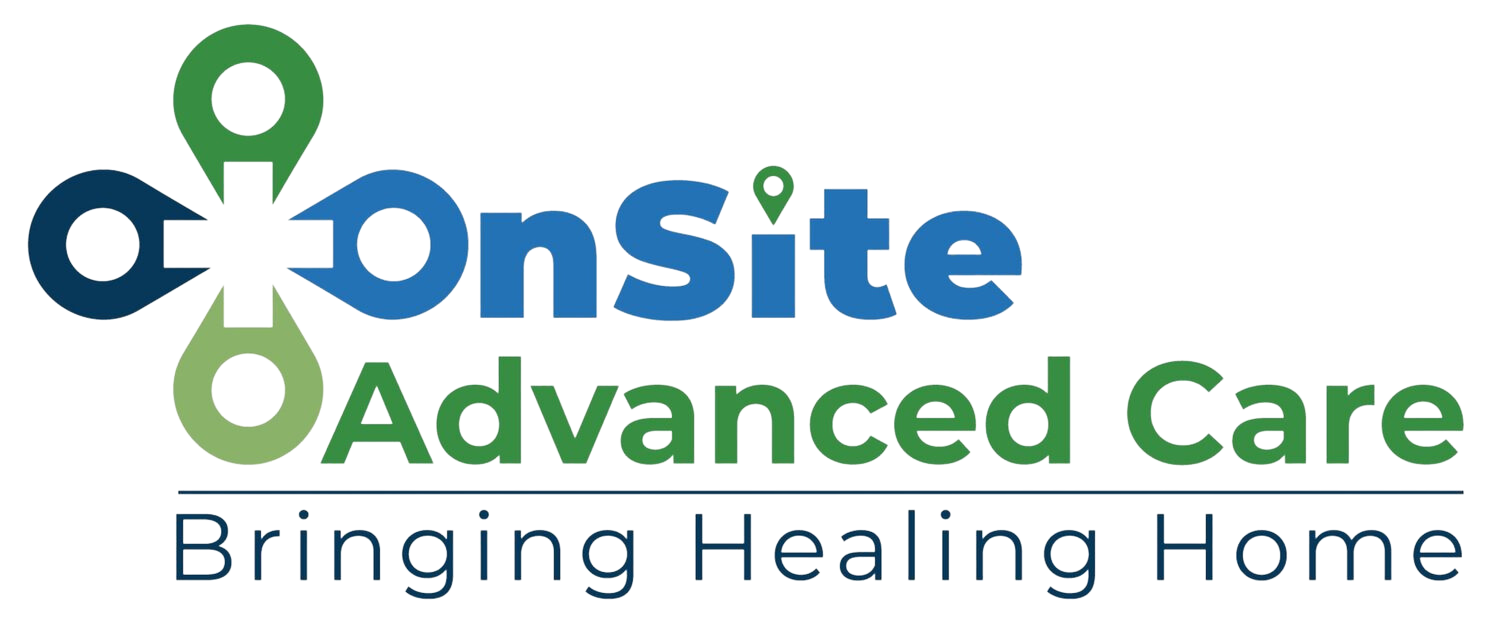No Surprises Billing Act
No Surprises Act: Protections Against Surprise Billing
As of January 1, 2022, consumers have new billing protections when getting emergency care; non-emergency care from out-of-network providers at in-network facilities, including ancillary services such as x-ray, drug, laboratory, or other services; and air ambulance services from out-of-network providers. Through new rules aimed at protecting consumers, out-of-pocket costs will be restricted, and emergency services must continue to be covered without any prior authorization regardless of whether or not a provider or facility is in-network. On December 27, 2020, the Consolidated Appropriations Act, 2021 (CAA) was signed into law, which included the No Surprises Act. The information below summarizes information about the new protections and some examples of how they can protect consumers. Visit https://www.cms.gov/nosurprises for more information about your rights under this new federal law.
What is surprise billing?
Surprise billing happens when a patient receives a balance bill after they receive care from an out-of-network provider or at an out-of-network facility, such as a hospital. It can happen for both emergency and non-emergency care. Sometimes, patients don’t know the provider or facility is out-of-network until they receive the bill.
What protections are in place?
The No Surprises Act is a new federal law intended to offer certain protections related to health care services:
- Surprise bills are not allowed for covered emergency out-of-network services, including air ambulance services (but not ground ambulance services). A facility (such as a hospital or freestanding emergency room (ER)) or a provider (such as a doctor) may not bill you more than your in-network coinsurance, copays, or deductibles for emergency services, even if the facility or provider is out-of-network.
- Surprise bills are not allowed for covered non-emergency services performed by an out-of-network provider at an in-network facility. The new law also protects you when you receive non-emergency services from out-of-network providers (such as an anesthesiologist) at in-network facilities. An out-of-network provider may not bill you more than your in-network copays, coinsurance, or deductibles for covered services performed at an in-network facility.
- However, if you agree in advance to be treated by an out-of-network provider in some situations, such as when you choose an out-of network surgeon knowing the cost will be higher, you will be expected to pay the balance bill as well as your out-of-network coinsurance, deductible, and copays.
- You cannot be asked to waive your protections and agree to pay more for out-of-network care at an in-network facility. A facility cannot ask you to pay more for care related to emergency medicine, anesthesiology, pathology, radiology, or neonatology — or for services provided by assistant surgeons, hospitalists, and intensivists, or for diagnostic services including radiology and lab services.
What else should I know?
- Your insurance company, and the facilities and providers that serve you, must send you a notice of your rights under the new law.
- If your comprehensive health insurance requires you to pay copays, coinsurance, and/or deductibles for in-network care, you’re responsible for those.
- If you’ve received a surprise bill that you think isn’t allowed under the new law, you can file an appeal with your insurance company or ask for an external review of the company’s decision. You also can file a complaint with our office at https://insurance.utah.gov/complaint.
- There is also an independent dispute resolution (IDR) process available to settle bills. This is a process that providers (including air ambulance providers), emergency facilities, and insurers can use to settle a payment dispute for out-of-network charges. This does not include a consumer.
- If a provider or facility gets a payment denial notice or an initial payment from an insurer for out-of-network services, either the insurer or the provider or facility can choose to start an open negotiation period that lasts 30 business days. At the end of the 30 business days, if the insurer and provider have not agreed on a payment amount, either party may use a certified independent resolution entity to decide the payment amount.
- A federal independent dispute resolution portal will be available in early 2022. More information is available at https://www.cms.gov/nosurprises/help-resolve-payment-disputes/payment-disputes-between-providers-and-health-plans.
- Other protections in the new law require insurance companies to keep their provider directories updated. They also must limit your copays, coinsurance, or deductibles to in-network amounts if you rely on inaccurate information in a provider directory.
If you believe you’ve been wrongly billed by a health care provider, you may file a complaint with the federal government at https://www.cms.gov/nosurprises/consumers/complaints-about-medical-billing.
You may also contact the Utah Insurance Department via email at health.uid@utah.gov or by calling (800) 439-3805 or (801) 957-9280.
Resources
- Overview of rules & fact sheets — Centers for Medicare & Medicaid Services (CMS)
- Payment Disputes Between Providers and Insurers — CMS
- No More Surprise Medical Bills: 5 Things To Know about the No Surprises Act Taking Effect in 2022 — US Dept. of Health & Human Services
- No Surprises: Your Rights and Protections Against Surprise Medical Bills (model notice)
